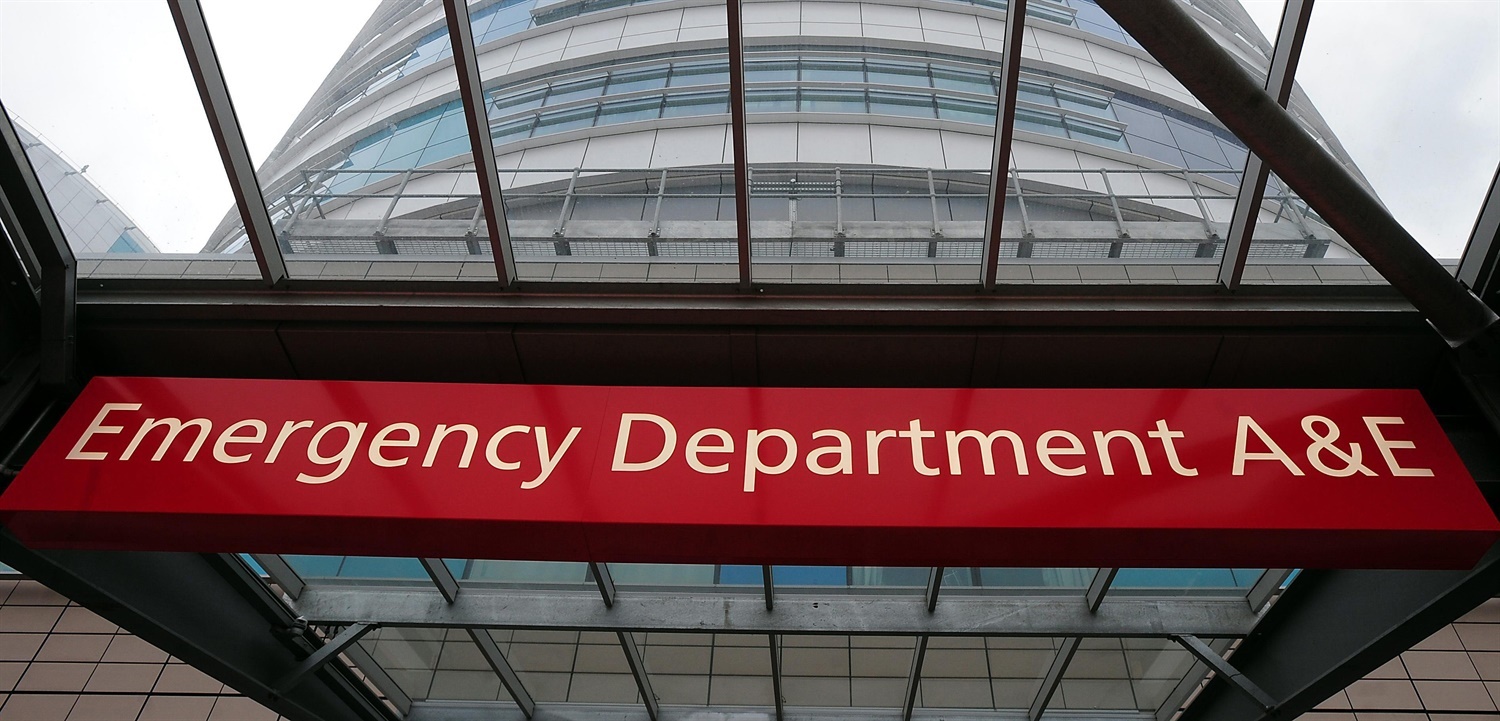The four-hour A&E target is constantly used as whip on the back of the NHS, pushing it to lift its game but also creating the impression that the health service is failing. Senior medics say that the pressure of the target forces them to compromise patient safety in the hope of winning funding incentives.
The NHS constitution sets out that a minimum of 95% of patients attending an A&E department in England must be seen, treated and then admitted or discharged in less than four hours. Some experts argue that the target has failed to yield results since its introduction in 2004, while others maintain that scrapping it would leave patients vulnerable to overcrowded departments. The service’s overseeing body, NHS Improvement, declared last year that it would review how care is measured for a better “oversight famework” although there has been no further details of its plans.
The King’s Fund think tank on health policy says that not only is the target being missed but patient delays are soaring. “In October to December 2016 the proportion of patients spending longer than four hours in A&E reached its highest level for this time of year in more than a decade,” it said. “Only 4 out of 139 hospitals with major A&E departments met the standard.” It was the third year running that the NHS missed the standard across the year as a whole.
Stacked Ambulances
 Patients have been “stacked” in ambulances or hurriedly admitted in order to make deadlines as health leaders try to manipulate their results according to the British Medical Journal. “Processes have been introduced that favour younger patients at the expense of older patients, whose complicated problems often take longer to manage,” it said after analysing data from the National Audit Office.
Patients have been “stacked” in ambulances or hurriedly admitted in order to make deadlines as health leaders try to manipulate their results according to the British Medical Journal. “Processes have been introduced that favour younger patients at the expense of older patients, whose complicated problems often take longer to manage,” it said after analysing data from the National Audit Office.
“Our problem is not the target itself: it’s the fear engendered by (financial) incentives that makes it difficult to report the truth, promotes manipulation, and causes deterioration of one unit for the sake of targets focused on another,” said Peter Campbell, a consultant orthopaedic surgeon.
Keep the Target?
 A&E consultants Adrian Boyle, at Cambridge University Hospitals, and Ian Higginson from Plymouth defend the target. “Full emergency departments lead to ambulances queuing outside hospitals unable to offload and attend other emergencies,” they said. “Patients admitted through crowded emergency departments are more likely to be admitted to the wrong sort of ward, receive less good care and have longer inpatient stays. Before the target was introduced, being a sick patient in an emergency department was pretty awful. Emergency departments were often full, waiting times were long and care was poor. Frail elderly patients had lengthy delays with inadequate nursing and medical care. Furthermore crowded emergency departments have poor working conditions and increase staff burnout and reduced retention.”
A&E consultants Adrian Boyle, at Cambridge University Hospitals, and Ian Higginson from Plymouth defend the target. “Full emergency departments lead to ambulances queuing outside hospitals unable to offload and attend other emergencies,” they said. “Patients admitted through crowded emergency departments are more likely to be admitted to the wrong sort of ward, receive less good care and have longer inpatient stays. Before the target was introduced, being a sick patient in an emergency department was pretty awful. Emergency departments were often full, waiting times were long and care was poor. Frail elderly patients had lengthy delays with inadequate nursing and medical care. Furthermore crowded emergency departments have poor working conditions and increase staff burnout and reduced retention.”
They said the target was regularly met until June 2015 and hasn’t been achieved by the NHS as a whole since then. That suggests a lack of investment and means resources have failed to keep up with rising demand. “Losing the target would result in reduced incentives for politicians and managers to pay attention to resourcing both emergency care patients and the wider urgent and emergency care system, leading to worse crowding,” said Boyle and Higginson. “The NHS is likely to be facing its most challenging winter with widespread financial and performance problems, staff shortages, and low morale. Eliminating the four-hour target would only make this worse.”
by Stewart Vickers
The post NHS: Scrap the Four-Hour A&E Target? appeared first on Felix Magazine.
NHS: Scrap the Four-Hour A&E Target? posted first on http://www.felixmagazine.com/
No comments:
Post a Comment